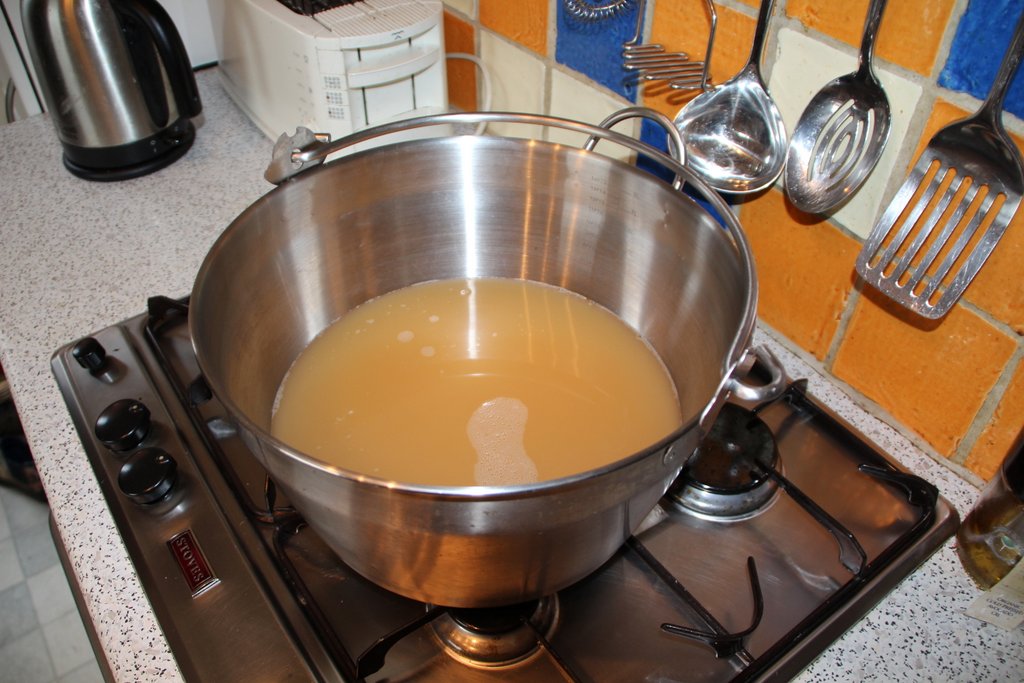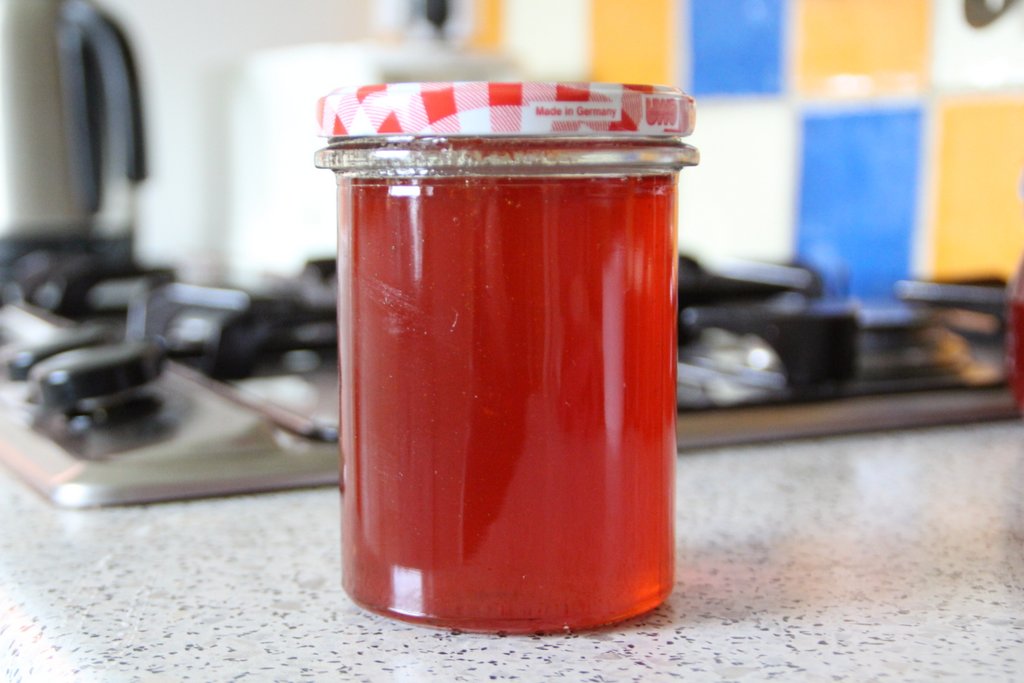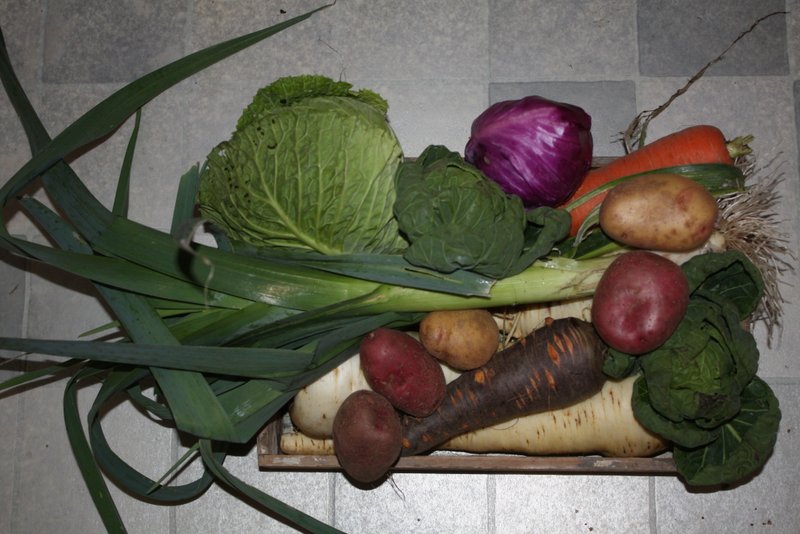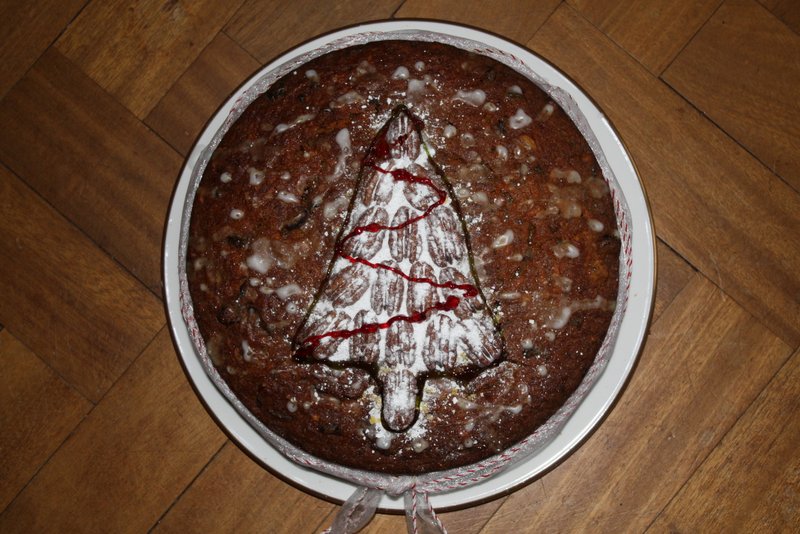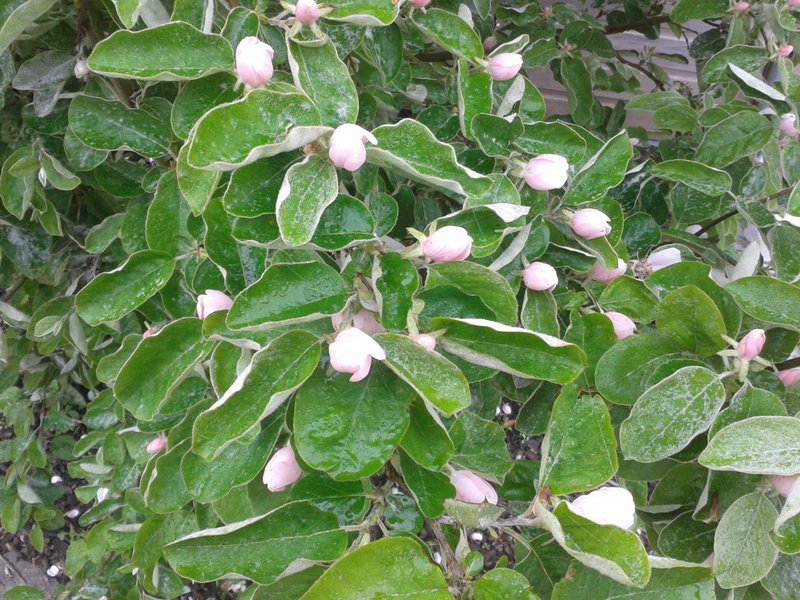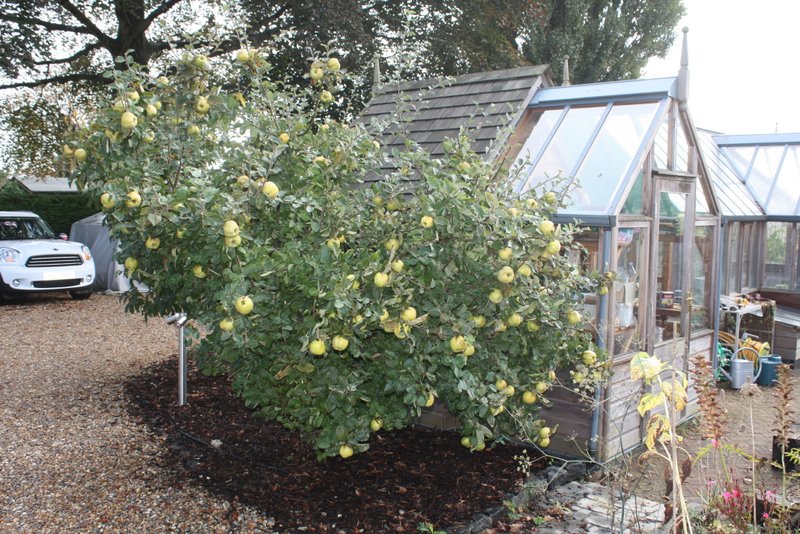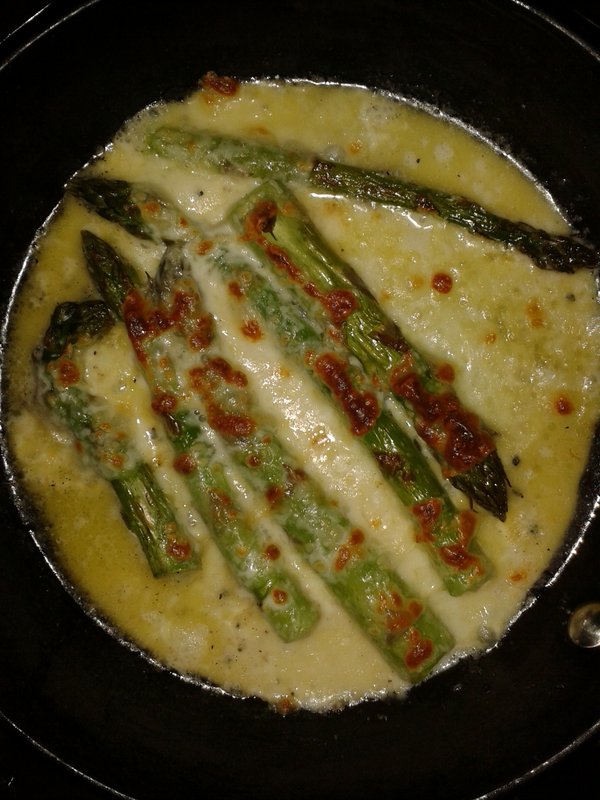We’ve written before about the joy of quinces, but having just made this year’s batch of jelly ready for Christmas cheese boards, we thought that we’d add a bit of detail. The recipe is pretty basic – quince, lemons, sugar and water. You will need a preserving pan or large saucepan and a jelly (muslin) bag.
Making it is almost like cooking alchemy, as during the process what begins as a yellow mush turns to a clear red jelly and the house fills with the lovely fragrance of quince.
Wash the fruit and cut into quarters (no need to peel or core them). As quinces are cut, put into a pan of barely simmering water so that they are covered and won’t discolour.
Bring to the boil and simmer for 45 – 60 minutes until the fruits go soft. This is the yellow mush stage. Cover and leave overnight. Pour into jelly bag held over a large bowl and leave to drain for several hours. It’s important not to force this bit or squeeze the contents of the bag or the final jelly will be cloudy. Even at this stage, the juice looks fairly unpromising.
Measure juice into pan and mix with 12 oz. sugar for each pint of juice (we use preserving sugar but any white sugar will do). Add juice of 2 lemons. Heat gently and stir until sugar is dissolved. This is when the colour starts to change.
Then boil rapidly and remove scum from the top as it forms. Boil for about 10 minutes or until the setting point is reached and pour into sterilized jars. As you can see this year’s batch was not quite crystal clear, suggesting that we could have strained the pulp a bit more slowly. Perhaps by dividing it into two batches to reduce the weight in the jelly bag. Nevertheless early taste tests indicate a Happy Christmas to come.

